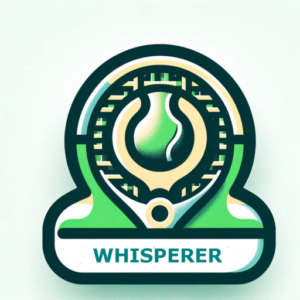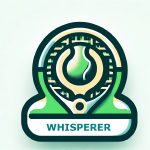The Hidden Opponent: How Temperature Shapes Performance
The Hidden Opponent: How Temperature Shapes Performance
Have you ever noticed you play better at certain times of the day?
Back in my playing days, the early mornings were always my toughest battles. My toolbox felt a little empty at that hour—reflexes slower, footwork heavier, and shots missing their usual sting.
It took me a while to realize this wasn’t just a mental block. Temperature, body rhythms, and court conditions quietly shape how we move, react, and perform. Once you understand these patterns, you can turn the “time of day” from an obstacle into an advantage.
Tennis is a sport where timing, conditions, and physiology collide. The time of day doesn’t just affect lighting—it influences how the body performs, how the ball behaves, and which playing styles thrive.
Morning Matches (Cool & Controlled)
In the morning, body temperature is at its lowest—around 36.5–37°C. Muscles and joints are stiffer, and reflexes aren’t as sharp. Players often report needing longer to warm up, both physically and mentally.
-
Ball behavior: Heavier air slows shots and keeps bounce lower.
-
Who benefits: Counterhitters, patient baseliners, and all-court players who thrive on control.
-
Mindset: Don’t rush—extend rallies, settle into rhythm, and build confidence point by point. Morning tennis rewards control and patience.
Midday Matches (Heat, Speed, and Stress)
By midday, rising temperatures amplify both court speed and physical strain. Courts get livelier, balls bounce higher, and endurance is tested.
-
Ball behavior: Hot air accelerates shots, making them fly faster. High bounce on hard and clay courts.
-
Who benefits: Aggressive baseliners and big servers, who can dominate with power.
-
Mindset: Matches often turn into battles of resilience. Manage pace, conserve energy between points, and stay disciplined with hydration and nutrition. Midday tennis demands resilience and hydration.
Late Afternoon Matches (Peak Power Window)
Late afternoon is the body’s physiological sweet spot. Core temperature is at its daily high, muscles are loose, reflexes sharp, and lower-body power enhanced.
-
Ball behavior: Still lively, though starting to moderate as the sun dips.
-
Who benefits: Bangers—Big servers, first-strike baseliners, and aggressive movers. Their weapons become even sharper in this window.
-
Mindset: Strike boldly. This is the time to unleash aggression, attack second serves, and step inside the baseline. Late afternoon tennis boosts raw power.
Evening Matches (Cooler & Tactical)
As night falls, air cools and shots slow fractionally, encouraging longer rallies. Humidity can also make balls feel heavier.
-
Ball behavior: Cooler air stabilizes play; shots lose a touch of sting, making conditions more neutral.
-
Who benefits: Tacticians, counterpunchers, and doubles specialists who thrive on precision and angles.
-
Mindset: Night tennis is less about brute force and more about strategy. Mix spins, drop shots, lobs, and angles. Evening tennis rewards tactical precision.
The Real Wild Cards: Weather Conditions
Rain, wind, and storms can alter play far more than the time of day.
-
Rain slows courts, favoring consistency.
-
Wind disrupts rhythm, demanding better balance and footwork.
-
Storms force rapid tactical adjustments and test mental calm.
Wrap
Temperature matters, but it’s always rhythm and adaptability that decide matches.
-
Morning favors control and patience.
-
Midday demands resilience and hydration.
-
Late afternoon boosts raw power.
-
Evening rewards tactical precision.
Personal Reflection
Looking back, if I had understood these rhythms earlier in my career, I would have approached preparation very differently—especially for those tricky morning matches. A longer warm-up, sharper focus on hydration, and tactical adjustments could have added a few extra tools to my morning kit.
The real lesson? Adaptability is tennis’s real secret weapon—especially when you’ve built a toolbox to match.
Build a complete toolbox, and you’ll be ready for any match, any opponent, any time of day.




